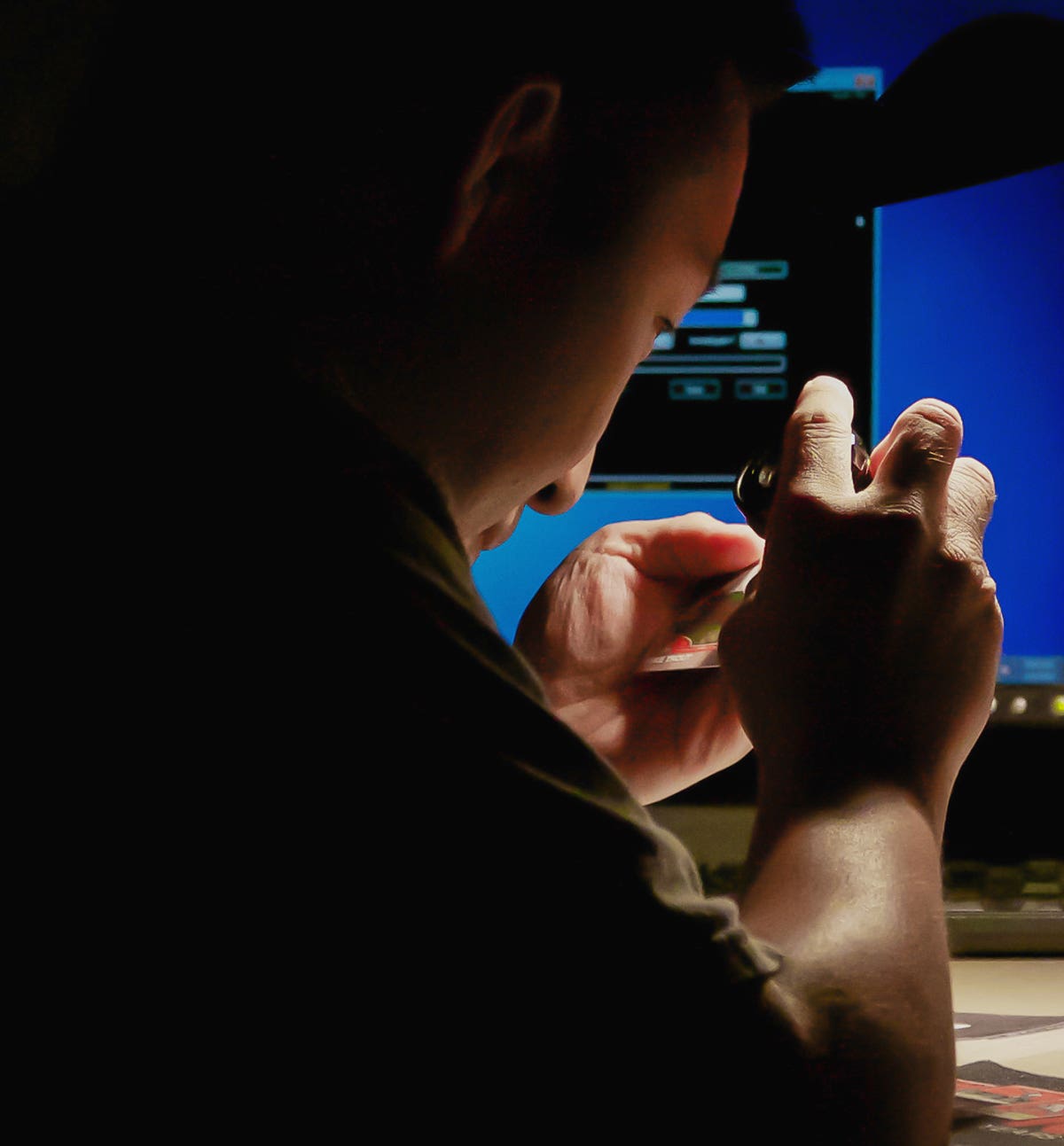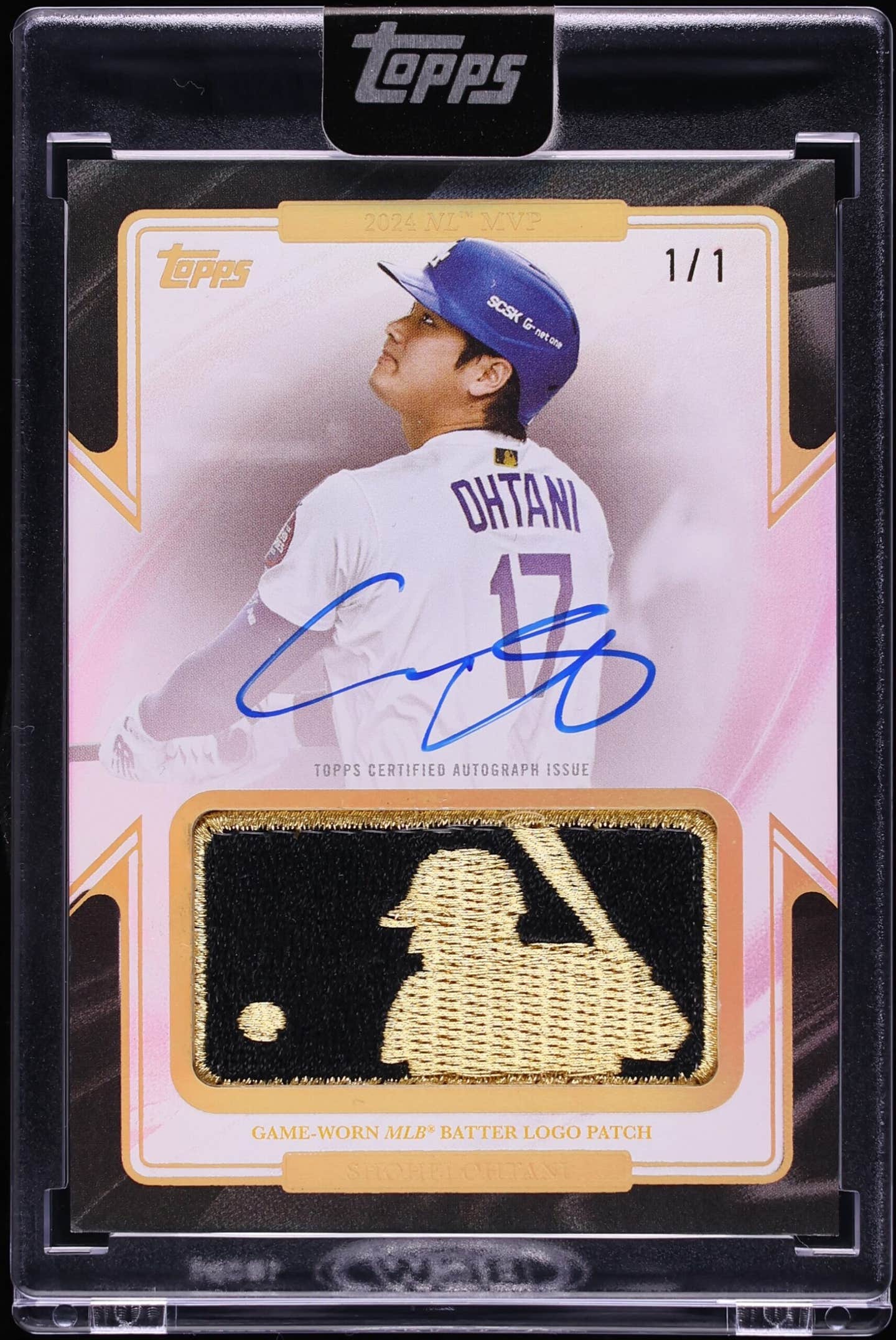News
Sheldon Jones had several baseball cards, but few poses were used
By Arnold Bailey
Author Oscar Wilde may have won fame by creating the picture of Dorian Grey, but it was Bowman that created some unusual collectibles with the picture of Sheldon “Available” Jones.
In his novel, Wilde wrote about the portrait of a man who remained the same physically because he had traded his soul to have the changes in his life appear only in his picture. For the man in the portrait, it was a situation that didn’t end well.
Bowman’s picture of Jones first appeared on his 1948 baseball card, a black-
and-white photo that showed the New York Giants right-hander from the waist up at the end of his pitching follow through.
History – at least hobby history – reveals that Bowman’s picture was quite the opposite of Wilde’s. The gum card picture remained the same – except for a little colorization and some different cropping – first for five years while Jones’ pitching record changed dramatically. The photo even reappeared more than three decades later. For Jones, this situation didn’t end all that well either.
“Available” Jones was a right-handed pitcher first signed by the Cleveland Indians but later acquired by the New York Giants. That strange nickname came about because, as the game’s mythology recalls it, any time his manager asked who was ready to pitch, Jones would respond that he was available.
Some insist that Jones’ “Available” moniker was borrowed from a character by that name in the then-popular Li’l Abner comic strip. That “Available Jones,” an entrepreneur of sorts, was always available, but for a price. That nickname is tame compared to some of the comic strip’s other hillbilly characters like Moonbeam McSwine, General Bullmoose and Stupefyin’ Jones (no relation to Sheldon).
It’s likely that the sum total of both theories adds up close to the truth.
The release of his first Bowman baseball card (No. 34 in 1948) was timed to Jones’ best season in the big leagues. He won 16 games (losing just 8) and had a 3.35 ERA. Bowman pictured just 48 players on cards measuring 2 1/16”-X-2 1/2” in its first baseball set, so “Available” was off to a good start.
The next year, when Bowman produced its first set of color baseball cards, Jones appeared on No. 68 in the expanded series of 240. The cards measured the same as their 1948 predecessors but, on Jones’ card, the size wasn’t the only thing the same. Bowman used the same photo of Jones it had used the previous year. Even the cropping was the same. This time, though, the photo was colorized. On the field, Jones’ record fell slightly to 15-12, though his ERA (3.34) was a tad lower than in 1948.
In 1950, Bowman’s baseball cards again measured 2 1/16”-X-2 1/2” and the photos were again colorized. What also remained the same – for the third straight year – was the photo of Jones, this time on card No. 83 in the series of 252. This time, the photo is cropped differently, showing his full body, again finishing his follow through. The biggest change on Jones’ 1950 Bowman card was his weight, which increased to 195 after two years at 180. On the field, Jones’ record slipped again, to 13-16 with his ERA up to 4.61.
Bowman changed the size of its baseball cards in 1951 which, by coincidence, proved to be an appropriate way to welcome the Yankees’ young star Mickey Mantle not just to the big leagues but also to the world of bigger cardboard. Measuring 2 1/16”-X-3 1/8”, the Jones card (No. 199 in the 324-card set) featured the very same picture for the fourth consecutive time, again cropped to a full body shot and colorized as in the previous year. What also got cropped that year was Jones’ record on the mound. He fell to 6-11 with a 4.26 ERA for a team that won the National League pennant on Bobby Thomson’s now-legendary “home run heard ‘round the world.”
In 1952, Bowman somehow discovered there was at least one other picture of Jones “available.” The new approach was appropriate because the Boston Braves also found that Jones himself was available. The Braves acquired him in trade along with $50,000 cash for its third baseman and former team leader Bob Elliott.
Bowman put Jones on card No. 215 in the 252-card set pictured in a different pitching pose. Another minor change was on the card back where Jones weight slipped back to 180 pounds, after two seasons at 195. And his record slipped back even lower, to 1-4 with a 4.76 ERA in 39 games for his new team.
To paint the full picture of “Available” Jones’ life on baseball cards, collectors need to look next to his Topps and Berk Ross cards in 1952. What they’ll find is something all too familiar. Though Bowman found a new photo of the now veteran pitcher, both Topps and Berk Ross simply re-used the picture that previously had been the focus of four Bowman cards.
Topps pictured Jones on No. 130 in the classic 407-card 1952 set, cropping the photo exactly the way Bowman had for its first two cards of the pitcher. The Topps design, of course, is more elaborate, but there’s no mistaking that the picture is the same one Bowman liked so much. And Topps kept Jones’ weight at 180 pounds.
Berk Ross, in its 71-card unnumbered 1952 series, re-used that same familiar picture of Jones, in the same full-body way Bowman had done earlier. And Berk Ross joined the crowd and kept Jones’ weight at 180 pounds.
That’s what life was like back in the 1950s, before the biggest advances in photography.
Jones’ checklist of cards includes several that feature other photos, so he certainly wasn’t camera shy. The most prominent of the other cards are his 1947 Bond Bread issue, which has a portrait photo, and his 1950 Drake’s Cookies “TV Baseball Series” cardboard, which has a different pitching pose.
Strange as it now seems, even the Jones photo used by Bowman for his 1952 card eventually got recycled and re-used. That was in 1985 when TCMA produced a retro set designed to resemble the classic 1939 Playball issue. TCMA did crop the Jones’ photo differently, showing a full body shot of the pitcher. Bowman had cut him off about knee-high in 1952.
For the 1953 season, Jones suited up for the Chicago Cubs, the result of a trade five days before Christmas (December 20, 1952) with the soon-to-be Milwaukee Braves. The Braves received seven-year veteran Monk Dubiel in return but Dubiel never pitched in the Majors again. And Jones’ didn’t win a single game for the Cubs, losing 2 while his ERA ballooned to 5.40. His final pitch that season ended his eight years in the big leagues. He was still available, but had to settle for a contract with the Los Angeles Angels of the Pacific Coast League. His availability ended after a 3-6 record there.
After Jones retired from baseball, he spent 25 years as a sales rep for General Electric in Dallas and umpired college and high school baseball games. Later, he moved to Greenville, North Carolina, where he died in 1991.
But his all-too-familiar baseball card image – already used on six different baseball cards by three companies over five years – had resurfaced one more time after his retirement from baseball. Topps used it one more time in 1983 for a special reprint set of the gum maker’s historic 1952 cards. As the name implies, the picture on Jones’ card in this set was identical to the original 31 years earlier. Collectors weren’t seeing double; they were seeing seven-fold.
Arnold Bailey is a freelance contributor to SCD.








